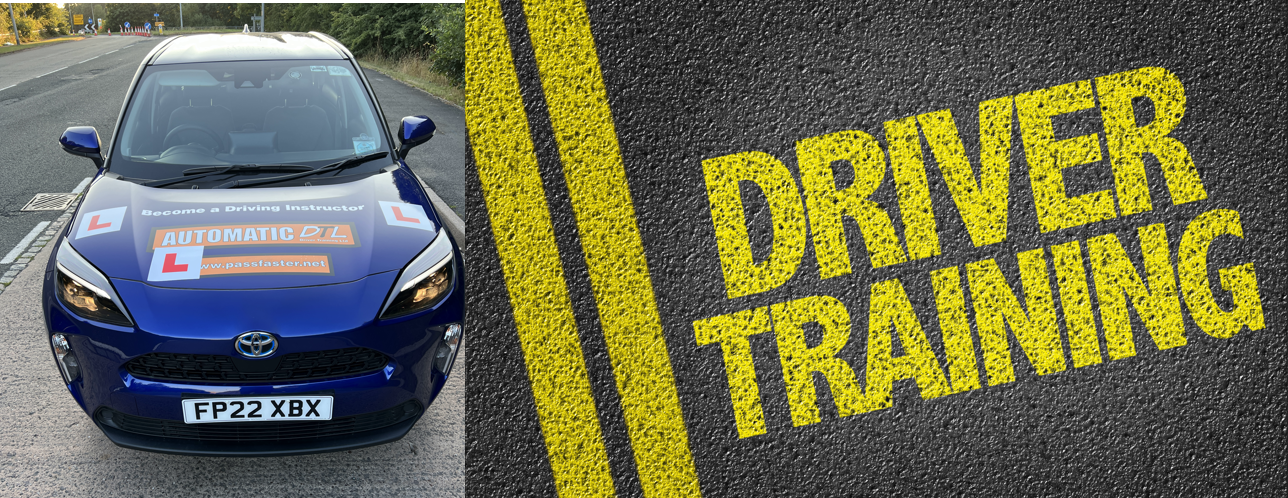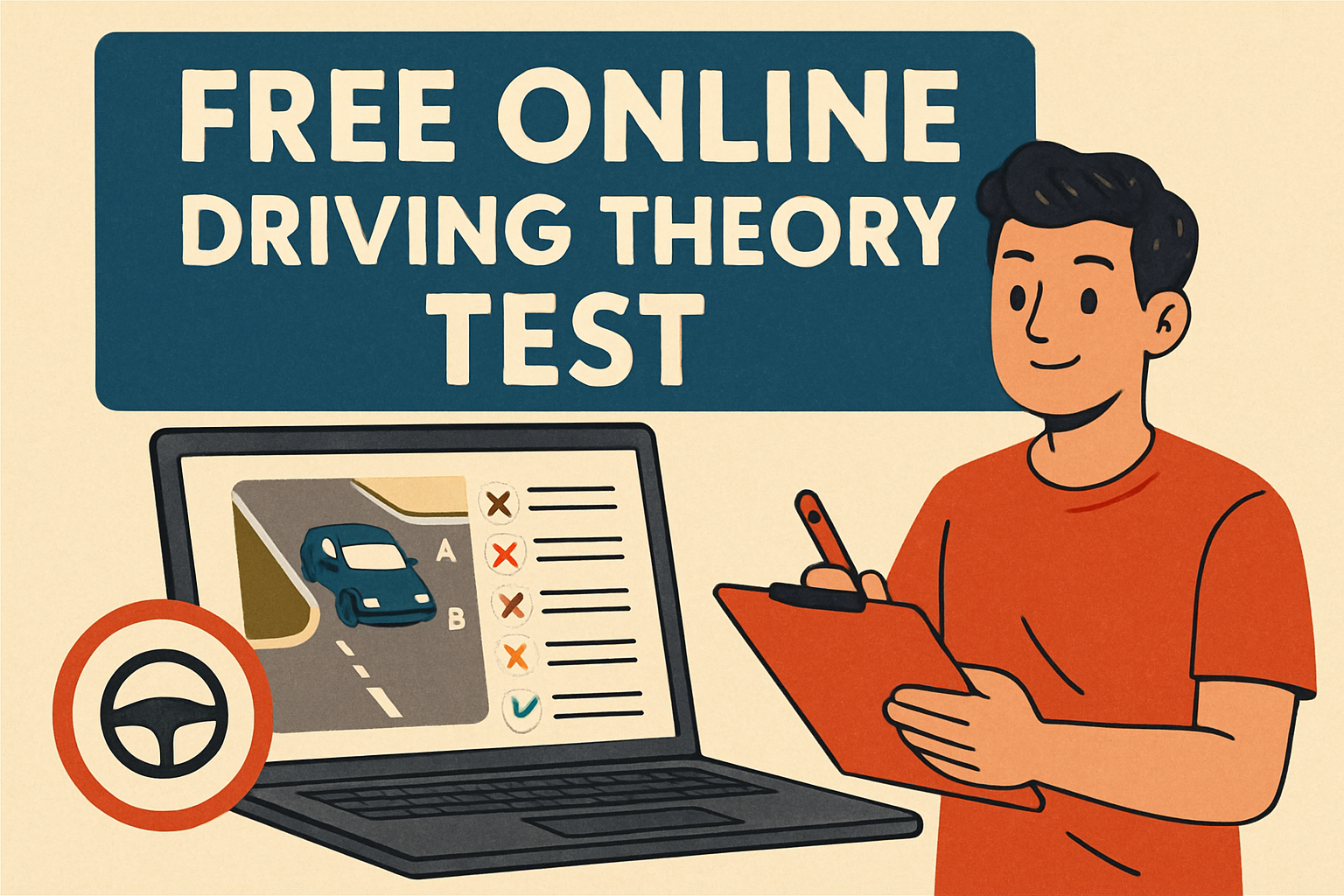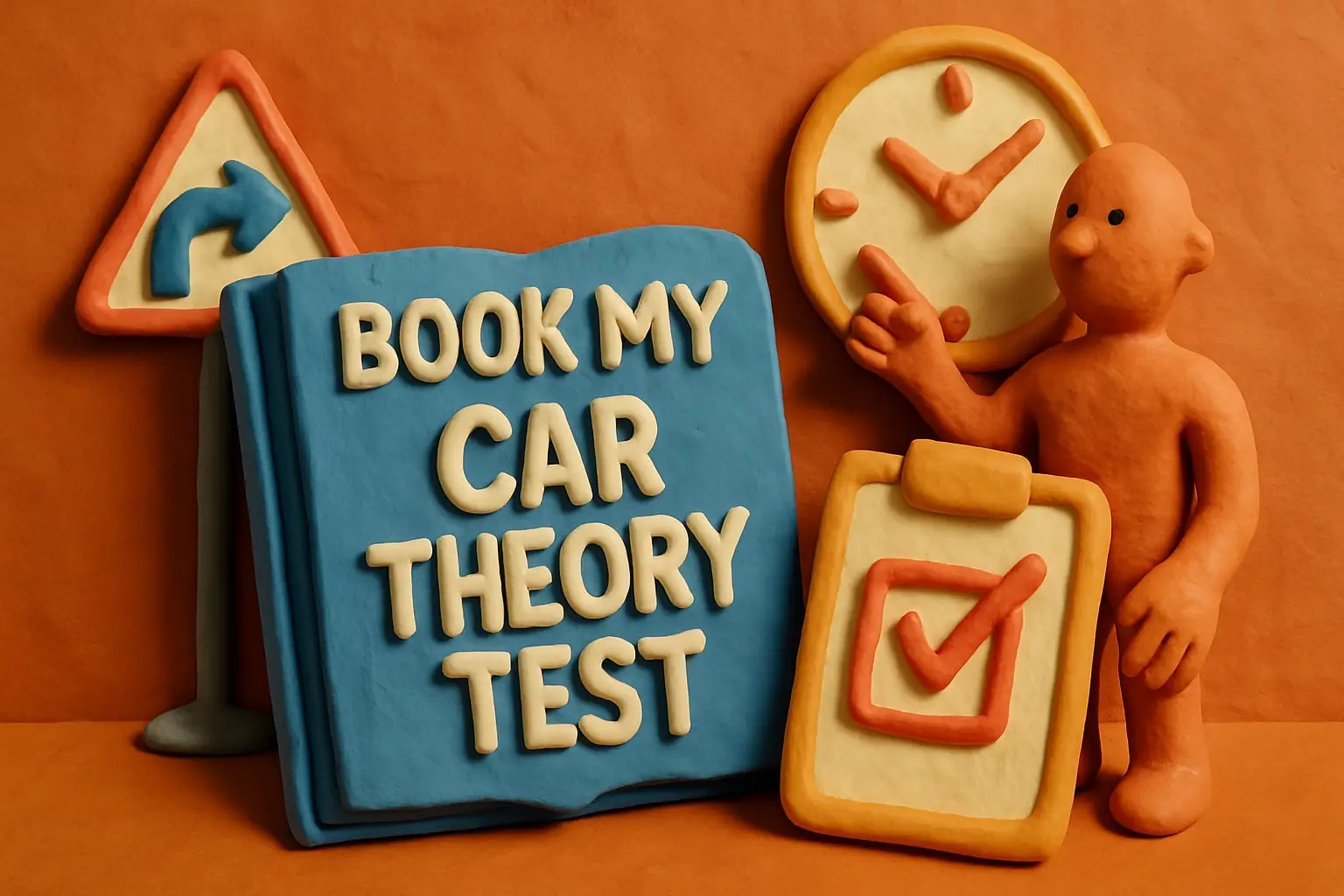

Driver CPC part 1 test: theory
You can book the part 1 theory test of the Driver Certificate of Professional Competence (CPC) as soon as you’ve got your provisional licence.
The test is made up of 2 parts – multiple choice and hazard perception. You have to book both parts separately, but you can take them on the same day.
It does not matter which one you take first but you need to pass both within 2 years of each other to get your theory test certificate.
What to take to your test
You must bring one of the following:
- a Great Britain photocard driving licence
- a Northern Ireland photocard driving licence and paper counterpart
- an EU photocard driving licence (and paper counterpart, if you have one)
If you do not have a photocard driving licence, bring your paper licence and a valid passport.
Your test will be cancelled and you’ll lose your fee if you do not bring the right documents.
Revision and practice
You can use books and software to revise for the theory test and take practice tests.
Multiple-choice questions
The multiple-choice questions in the theory test are based on 3 books:
- The Highway Code
- Know your traffic signs
- The Official DVSA Guide to Driving Goods Vehicles or The Official DVSA Guide to Driving Buses and Coaches
Study these to learn the rules and skills you’ll be tested on.
You can buy them from most high street and online book shops.
Take a free practice test
Take a practice theory test to check how much you’ve learnt. The questions are not used in the real test, but they are based on the same topics as the test.
Hazard perception test
To prepare for this test you can use the official guide to hazard perception.
How the test works
Multiple-choice questions part
You have 1 hour and 55 minutes to answer 100 multiple-choice questions.
Before the test starts you’ll get:
- instructions on how the test works
- the chance to do a practice question to get used to the screens
A question and several possible answers appear on a screen. You have to select the right answer.
The pass mark for this part is 85 out of 100 questions.
Leaving a question
You can ‘flag’ questions that you want to come back to later.
Changing your answers
You can go back to any question to review and change your answer at any point.
When you’ve finished
You can finish the multiple-choice questions part when you’ve answered all of the questions. You do not have to use the full 1 hour and 55 minutes.
Hazard perception part
Before you start the hazard perception test, you’ll be shown a video about how it works.
You’ll then watch 19 video clips. The clips:
- feature everyday road scenes
- contain at least one ‘developing hazard’ – but one of the clips features 2 developing hazards
You get points for spotting the developing hazards as soon as they start to happen.
What a ‘developing hazard’ is
A developing hazard is something that would cause you to take action, like changing speed or direction.
Example
A car is parked at the side of the road and is not doing anything. It would not cause you to take action, so it’s not a developing hazard.
When you get closer, the car’s right-hand indicator starts to flash and it starts to move away. You’d need to slow down, so it’s now a developing hazard.
How the scoring works
You can score up to 5 points for each developing hazard.
To get a high score, click the mouse as soon as you see the hazard starting to develop.
You do not lose points if you click and get it wrong. However, you will not score anything if you click continuously or in a pattern.
You only get one attempt at each clip. You cannot review or change your responses.
The pass mark for this part is 67 out of 100.
Your test result
You’ll be given a letter at the test centre with the results for the part of the theory test you’ve just taken.
When you’ve passed both parts, you’ll be given your theory test certificate at the test centre. You’ll need your certificate when you book your Driver CPC part 3a and part 3b driving tests.
Your theory test certificate is valid for 2 years from when you passed the first part of the test.
You need to pass the Driver CPC part 3a and part 3b driving tests within 2 years, otherwise you’ll have to pass the part 1 theory test again.
If you fail the theory tests
You’ll get a results letter with feedback telling you why you’ve failed.
You can book another theory test straight away, but you cannot take it for another 3 clear working days.
Driver CPC part 2 test: case studies
You can book the part 2 case studies test of the Driver Certificate of Professional Competence (CPC) as soon as you’ve got your provisional licence. You do not need to have passed the Driver CPC part 1 theory test.
If you’re requalifying as a heavy goods vehicle (HGV) or bus driver by taking parts 2 and 4 of the test, you cannot book your test online. You have to book by phone instead.
Driver and Vehicle Standards Agency customer services
Telephone: 0300 200 1122 (choose option 01)
Monday to Friday, 8am to 4pm
Find out about call charges
What to take to your test
You must bring one of the following:
- a Great Britain photocard driving licence
- a Northern Ireland photocard driving licence and paper counterpart
- an EU photocard driving licence (and paper counterpart, if you have one)
If you do not have a photocard driving licence, bring your paper licence and a valid passport.
Your test will be cancelled and you’ll lose your fee if you do not bring the right documents.
Revision and practice
Questions in the test are based on 3 books:
- The Highway Code
- Know your traffic signs
- The Official DVSA Guide to Driving Goods Vehicles or The Official DVSA Guide to Driving Buses and Coaches
Study these to learn the rules and skills you’ll be tested on.
You can buy them from most high street and online book shops.
You can also study using:
- Driver CPC part 2: case studies for Heavy Goods Vehicle Drivers if you’re learning to drive a lorry
- Driver CPC part 2: case studies for Bus and Coach Drivers if you’re learning to drive a bus or coach
How the test works
The test is made up of 7 case studies you work through on a computer. The case studies are short stories based on situations that you’re likely to come across in your working life.
You’ll be asked between 5 and 10 multiple-choice questions on each case study.
The test lasts for 1 hour and 15 minutes, and the pass mark is 40 out of 50.
Your test result
You’ll get a letter with the results at the test centre.
You need the test pass reference number when you book your Driver CPC part 4 practical demonstration test.
The pass letter is valid for 2 years.
You need to pass the Driver CPC part 4 practical demonstration test within 2 years, otherwise you’ll have to pass the part 2 case studies test again.
If you fail the test
You’ll get a result letter with feedback telling you why you’ve failed.
You can book another case studies test straight away, but you cannot take it for another 3 clear working days.


